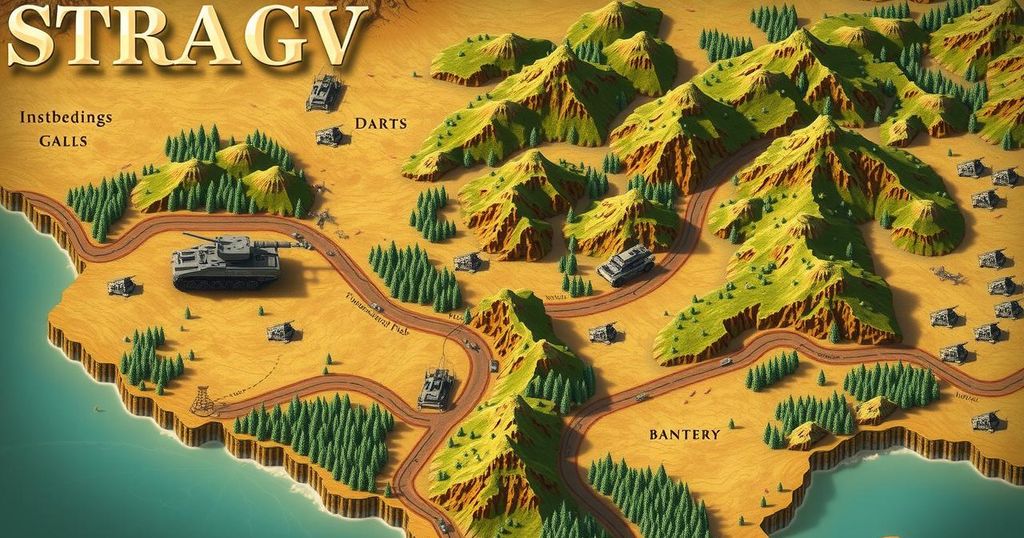Congo-Kinshasa: Dynamics of the M23’s Offensive Against Burundian Forces

The article outlines the military dynamics between Burundian troops, Hutu rebels, and the M23 forces in Congo-Kinshasa, detailing recent offensives, territorial gains, and tactical maneuvers that led to the eventual capture of Goma. The ongoing conflict is complex, influenced by historical tensions and the involvement of groups like the FDLR, named as a terrorist organization by the UN and US.
The situation in Congo-Kinshasa escalated as Burundian troops and Hutu rebels engaged in conflicts with the M23 forces, which had previously observed a unilateral ceasefire. Lt. Col. Guillaume Ndjike Kaiko, the Congolese army spokesman, confirmed the consolidation of gains in various localities, although the offensive was primarily spearheaded by Burundian troops, assisted by the extremist FDLR group, now banned by the UN and the US.
The FDLR has longstanding ties to the 1994 Genocide against the Tutsi in Rwanda, complicating the historical tensions between Rwanda and the Democratic Republic of Congo (DRC). Following a brief tactical withdrawal, the M23 launched a successful counteroffensive by January 17, regaining territories lost to the Burundi-led coalition, and further expanding their reach into South Kivu with significant successes.
The Burundian and FDLR forces initially took control of strategic locations; however, their hold was tenuous as the M23 regrouped and received reinforcements. By January 20, the M23 advanced decisively, capturing Minova and other key territories, preparing for a subsequent phase of military operations that would allow for further engagement with the coalition forces.
The M23’s strategy involved a phased assault that effectively exploited the coalition’s vulnerabilities. On January 23, the M23 began a concerted push towards Mubambiro, successfully capturing the military barracks amidst complicated hostilities involving SAMIDRC troops from South Africa. Despite initial misconceptions regarding SAMIDRC’s involvement, fierce combat ensued until late on January 25 when the coalition retreated from the area, suffering significant losses.
The death of Gen. Peter Chirimwami of the FARDC was a turning point during this conflict, showcasing the unpredictability of engagements on the ground. Following the coalition’s withdrawal, the M23 units continued their advance towards Goma with a specialized force that opened a new front, eventually leading to the fall of Goma on January 28.
In summary, the recent military engagements in Congo-Kinshasa reveal a significant and evolving conflict landscape driven by the actions of Burundian troops, Hutu rebels, and the M23 coalition. The tactical maneuvers and strategic engagements underscore the complexity of the ongoing hostilities, culminating in the decisive capture of key territories, including Goma, demonstrating the shifting power dynamics in the region.
Original Source: allafrica.com






